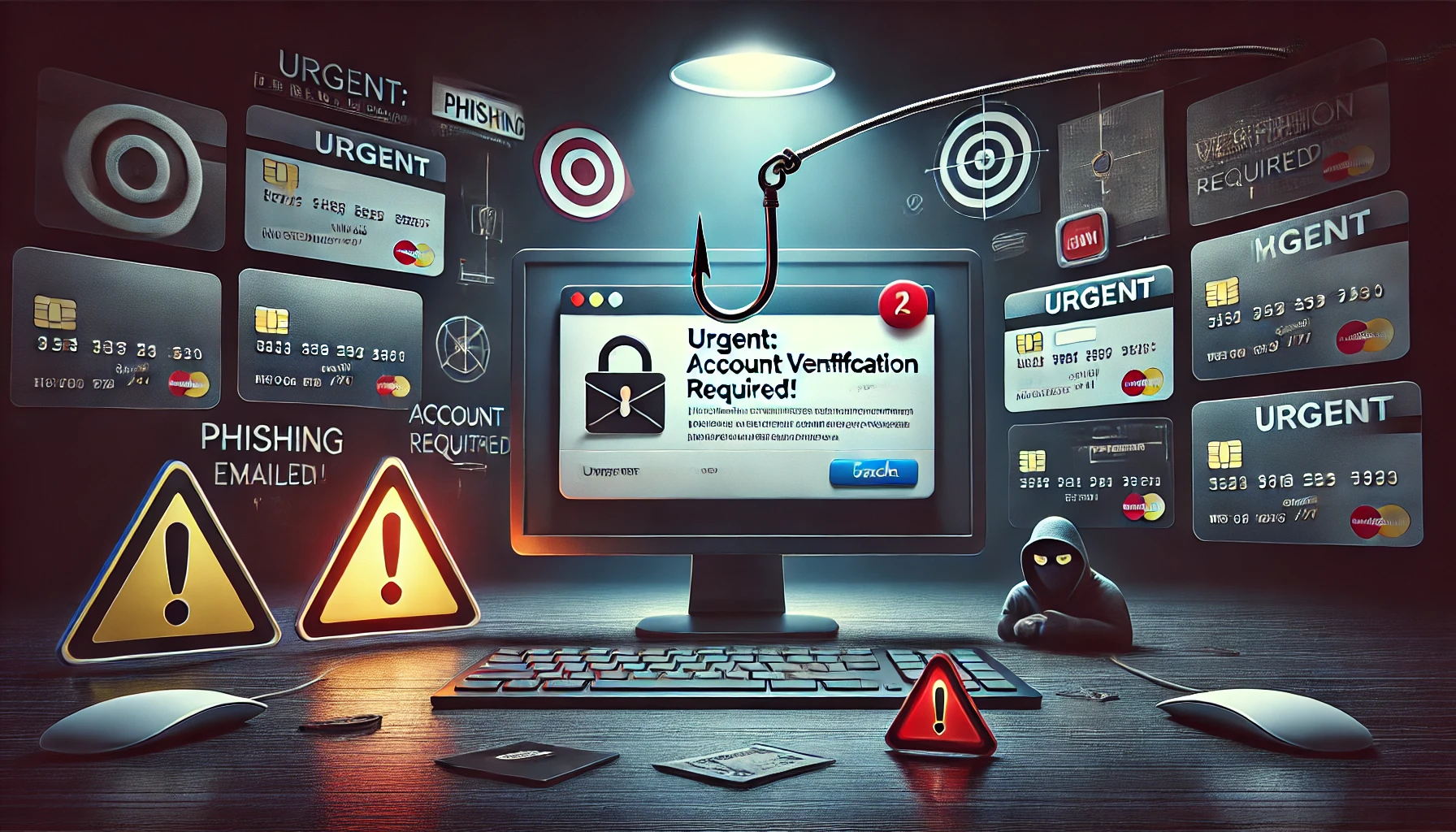Phishing emails are a common method used by cybercriminals to steal sensitive information such as usernames, passwords, and financial details. With the increase in digital communication, phishing attacks have become more sophisticated, making it crucial for individuals and organizations to recognize and avoid these scams. This guide will help you understand how to identify phishing emails effectively and protect your personal and professional data.
What Are Phishing Emails?
Phishing emails are fraudulent messages that appear to come from legitimate sources, such as banks, online services, or trusted companies. These emails often contain links to fake websites or malicious attachments designed to harvest your personal information or infect your device with malware.

Common Features of Phishing Emails
Understanding the characteristics of phishing emails is the first step to identifying them. Here are some common features to look out for:
1. Generic Greetings
Phishing emails often use generic salutations like “Dear Customer” or “Dear User” instead of addressing you by your name. Legitimate companies usually personalize their communications.
2. Urgent or Threatening Language
Cybercriminals use urgency to trick recipients into acting quickly without thinking. Phrases like “Your account will be deactivated” or “Immediate action required” are red flags.
3. Suspicious Email Addresses
Check the sender’s email address carefully. Phishing emails often use addresses that look similar to legitimate ones but may have slight alterations, such as extra characters or misspellings (e.g., support@paypals.com instead of support@paypal.com).
4. Unsolicited Attachments or Links
Unexpected attachments or links that prompt you to download files or visit websites should be approached with caution. These may contain malware or lead to phishing websites.
5. Poor Grammar and Spelling
Legitimate organizations proofread their emails before sending them. Phishing emails often have grammatical errors, spelling mistakes, and awkward phrasing.
6. Requests for Sensitive Information
Be wary of emails asking for confidential information, such as passwords, bank details, or social security numbers. Reputable companies will never ask for such information via email.
How to Verify Suspicious Emails
If you receive an email that seems suspicious, follow these steps to verify its authenticity:
1. Check the Sender’s Domain
Hover over the sender’s email address to view the domain. If it doesn’t match the official domain of the organization, it’s likely a phishing attempt.
2. Inspect Links Before Clicking
Hover over links in the email to see their destination URL. If the URL looks unfamiliar or doesn’t match the organization’s official website, do not click on it.
3. Contact the Organization Directly
If you’re unsure about an email’s legitimacy, contact the company directly using their official contact information found on their website. Do not reply to the suspicious email.
4. Use Anti-Phishing Tools
Many email providers and security software offer anti-phishing tools that can help identify and block phishing attempts.
Examples of Common Phishing Scenarios
1. Fake Account Alerts
Emails claiming that your account has been compromised or suspended often include a link to “restore access.” These links lead to fake login pages designed to steal your credentials.
2. Prize or Lottery Scams
Messages claiming you’ve won a lottery or prize and asking for payment or personal details to claim it are classic phishing scams.
3. Invoice or Payment Requests
Phishing emails may appear as unpaid invoices or payment requests from vendors or service providers. Always verify these claims directly with the sender through official channels.
Best Practices to Avoid Falling for Phishing Emails
To protect yourself from phishing scams, follow these best practices:
1. Enable Two-Factor Authentication (2FA)
Two-factor authentication adds an extra layer of security by requiring a second form of verification in addition to your password.
2. Keep Software Updated
Ensure that your operating system, browser, and security software are up to date to protect against vulnerabilities exploited by phishing attacks.
3. Educate Yourself and Your Team
For organizations, regular training sessions on phishing awareness can help employees recognize and avoid phishing attempts.
4. Avoid Sharing Personal Information
Be cautious about sharing sensitive information online or via email, especially if the request seems unusual or unsolicited.
5. Use Secure Connections
When accessing sensitive information online, ensure you’re on a secure connection (look for “https” in the URL and a padlock icon in the browser).
What to Do If You Suspect a Phishing Attempt
If you receive a suspicious email, take these steps immediately:
1. Do Not Click Links or Open Attachments
Avoid interacting with the email content until you’ve verified its authenticity.
2. Report the Email
Most email providers have options to report phishing attempts. This helps improve their filters and protects other users.
3. Delete the Email
Once you’ve reported the phishing email, delete it from your inbox and trash folder.
4. Scan Your Device for Malware
If you accidentally clicked a link or downloaded an attachment, run a full security scan on your device to check for malware.
5. Change Compromised Credentials
If you suspect your account credentials have been compromised, change your passwords immediately and enable 2FA.
Conclusion
Phishing emails are a significant threat in today’s digital landscape, but by staying vigilant and informed, you can protect yourself from these scams. Always scrutinize emails for signs of phishing, verify suspicious messages, and follow cybersecurity best practices. Remember, when it comes to online security, caution is your best defense.
By understanding how to identify phishing emails and taking proactive measures, you can safeguard your personal and professional data against cybercriminals.
For more : Phishing
For more reading : https://nextwaveusa.online/





Leave a Reply